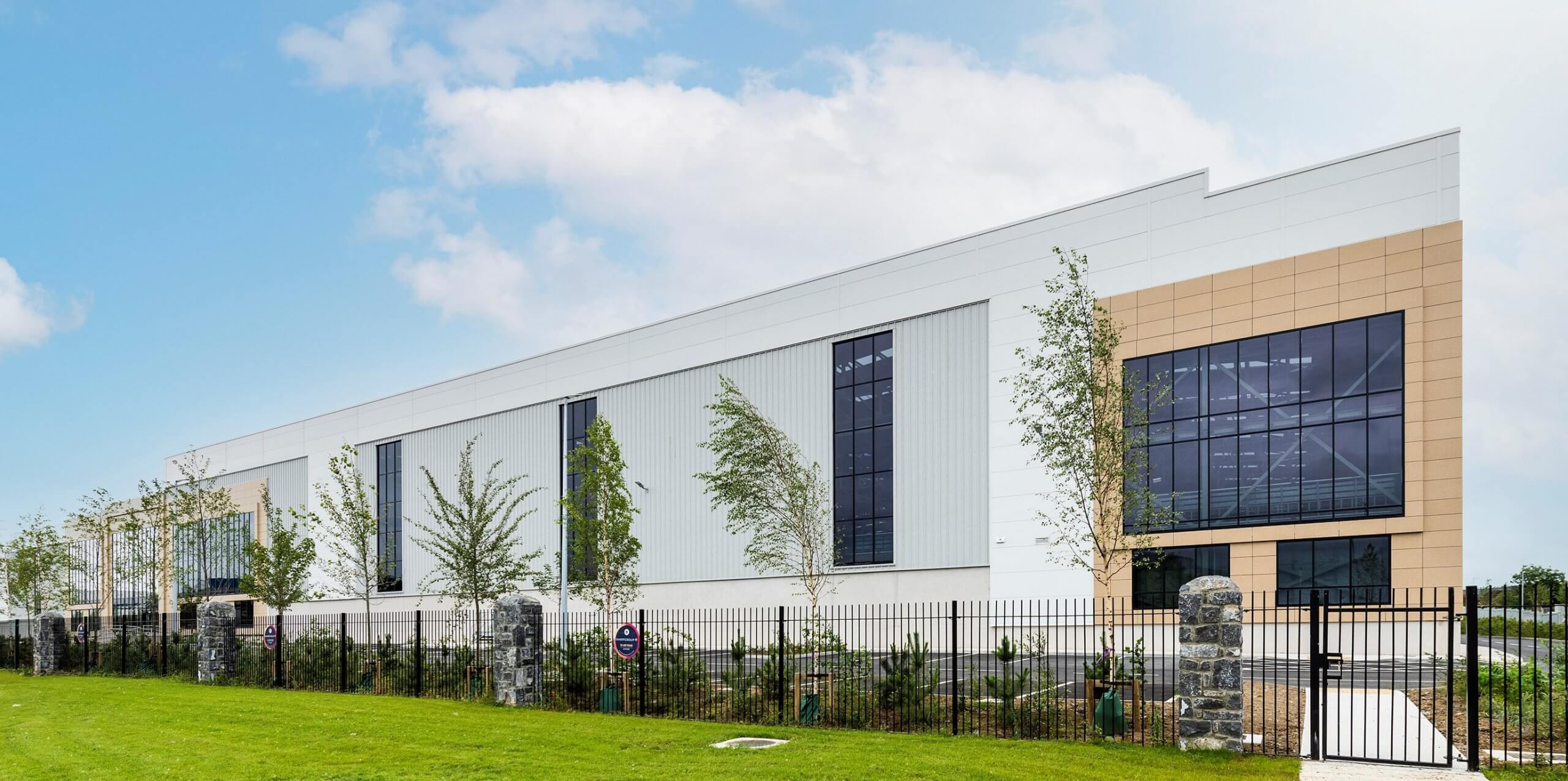Industrial and Logistics Market Outlook 2024
12th January 2024

2024 will be another active year in the Dublin industrial and logistics market. Download our full Outlook 2024 report.
Demand and activity
Renewed interest in M1 Corridor
2024 will be another active year in the Dublin industrial and logistics market. This follows on from 2023 where activity was about 10% behind the 10-year annual average of 310,000 sqm. There is just over 460,000 sqm of combined occupier requirements in the market, which is equivalent to about 18 months take-up. As such, there will be demand but it will be softer than in the last three and a half years and more in line with pre-pandemic times. However, the lack of suitable supply may hold back transactions in this calendar year and some occupiers will need to agree design-and-build deals with developers to get the quantity and specification of accommodation they require.
There is also the question of how immediate some of these requirements are; globally, industrial and logistics occupiers are taking longer to make decisions given the wider economic and geopolitical uncertainty. Some might delay their final decision until they have greater sight of future contracts as 2024 progresses. That said, there are high profile logistics companies and retailers with immediate needs, and these will be fulfilled this year. Examples include An Post and JYSK.
In addition, certain 3PL operators with contracts in Ireland and the UK are reviewing the Irish market as a hub for both locations. In the past, such contracts were fulfilled from the UK but with Brexit, it is more advantageous for some of those importing goods from Europe to have operations in Ireland. In the short to medium-term this is likely to result in greater demand for space along the M1 corridor towards Northern Ireland, with some occupiers already showing renewed interest. This is best highlighted by Smyths Toys’ decision to open a 37,300 sqm distribution hub in Dundalk North Business Park, which will be fully operational in 2024.
Supply and construction
Historically low vacancy rate persists
Supply constraints will remain the number one issue in the market this year with Dublin’s vacancy rate lingering below 2%, equivalent to less than six months’ supply. About 60,000 sqm of new accommodation is currently under construction and still available. Even if it remains untaken by PC, it will only add 50 bps to the vacancy rate. This historically low vacancy rate sub-2% has persisted since mid-2022 and is unlikely to improve significantly in the near-term. Consequently, some businesses will continue to occupy premises that are no longer adequate and delay expansion plans, while others that are entering the market or are unwilling to put business growth on hold, will need to engage with developers. They will be accommodated through design-and-build agreements, both on a rental and sales basis. For very large requirements, occupiers might take two adjacent buildings so that any future reletting risk can be offset, and the properties’ investment value protected to a greater degree – some funders will demand this.
Despite the overall market shortages, commencement of speculative new buildings will continue to be slow in the months ahead. This is due to the elevated cost of construction and finance, as well as softer investment yields. Encouragingly, there are signs that construction cost, and indeed interest rates, have plateaued (some contractors are standing over costs from early 2023) and this could mean improvements in the level of new building starts as the year progresses. Consequently, it will be important for developers to have planning grants in place and be ready to move on site quickly when required. We estimate that there is close to 255,000 sqm of industrial / logistics space with planning grants in Dublin – about nine months’ supply. Luckily, given the shorter development period compared to other property market sectors, developers should be able to pivot quickly.
Terms
Landlords will remain bullish
Across all quality of industrial buildings and locations, headline rents continued to grow last year, making it the 11th consecutive year of rental growth. However, the very strong pace of growth from 2020 to 2023 will continue to slow and while there may be some further rental increases this year, it will be at a much-reduced speed and no more than 5% in the calendar year. For many occupiers, there is a ceiling on what they can pay for accommodation and maintain business viability, particularly those in the logistics / distribution sector. Despite this, many landlords will be bullish and want to drive rents, especially for new or upgraded buildings as they will need to cover the capital expenditure required to upgrade buildings to meet ESG and BER targets. However, they are likely to increase the incentives given to tenants including shorter leases and/or more frequent break options. With interest rates at a 22-year high, owner-occupiers seeking to buy vacant premises will remain very limited, but capital values will still push forward due to lack of availability.
ESG
More developers looking at glue-laminated timber frames
Environmental sustainability will continue to grow in importance in the industrial and logistics market this year. Landlords will be more focused on ESG factors relating to new and refurbished buildings, seeking LEED and other certifications. This comes with an added cost, which will be passed on to the tenant. Given the large carbon footprint of the operations of logistics companies, some will be seeking to reduce the embodied carbon in their warehouses and may consider timber-frame (glue laminated timber) premises instead of a steel frame (this is up to 20% more expensive than steel, albeit dependent on when the materials were bought in recent times). Green clauses are also becoming more common in leases as investors seek to make good on their ESG promises and meet EU and domestic policies, especially around finance.
Download our full Outlook 2024 report.
